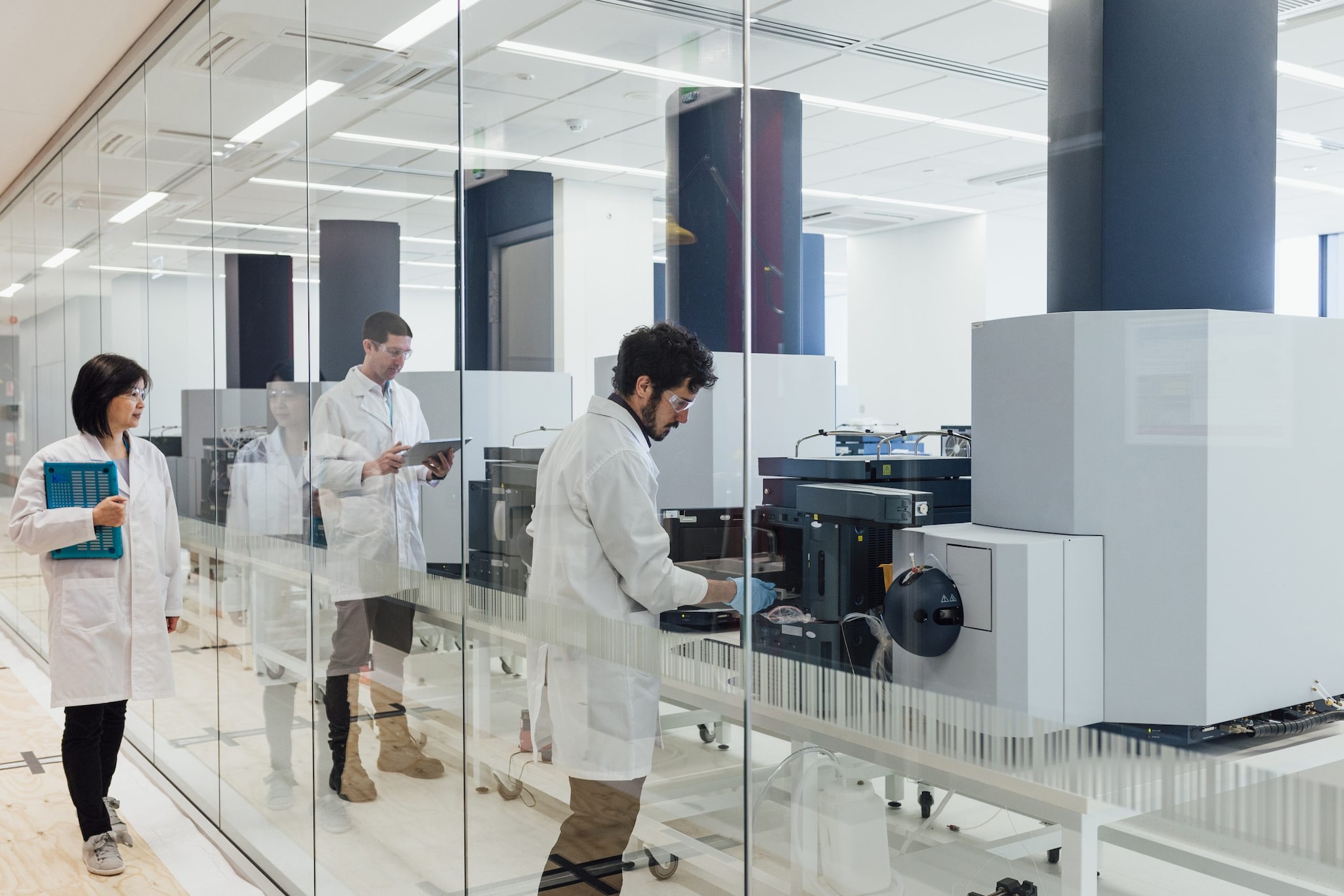Key points
- Certification of clinical laboratories is based on direct comparisons of their measurements of fresh patient samples with measurements obtained with the CDC reference method.
- Clinical laboratories must perform comparisons using analytical systems similar to those used in routine laboratories.

Procedures for certification of CRMLN clinical laboratories
A clinical laboratory seeking certification by CDC must collaborate with a CRMLN member laboratory on a method comparison study. The clinical laboratory is responsible for providing the sera used in the study, and the CRMLN member laboratory provides the reference measurements for the samples. The CDC Reference Laboratory evaluates the measurement results generated by the CRMLN laboratory and the clinical laboratory, and certifies the clinical laboratory if it meets required analytical performance criteria.
As with the manufacturer certification program, the evaluation for clinical laboratories is based on analysis of unmodified, high quality serum samples. Clinical laboratories analyze six fresh samples that are distributed over a specific concentration range. Certificates of Traceability are issued to clinical laboratories that meet required analytical criteria (see table below). These certificates are valid for six months after the date issued.
Analytical Performance Criteria for assays used to assess CVD risk
| Analyte | Maximum Allowable Bias1 | Maximum Allowable Imprecision |
|---|---|---|
| TC | ±3.0% | CV ≤3.0% |
1Bias to the reference method
CV: Coefficient of variation
TC: Total Cholesterol
